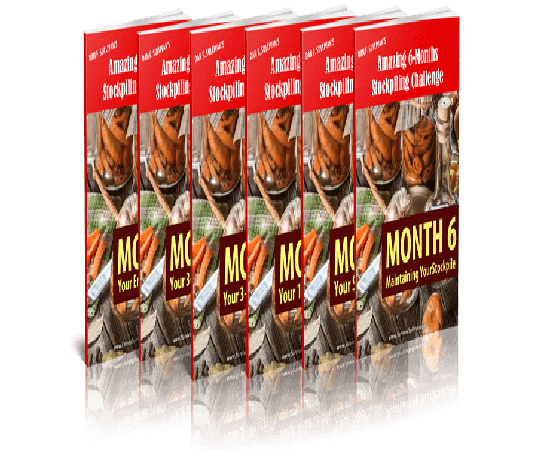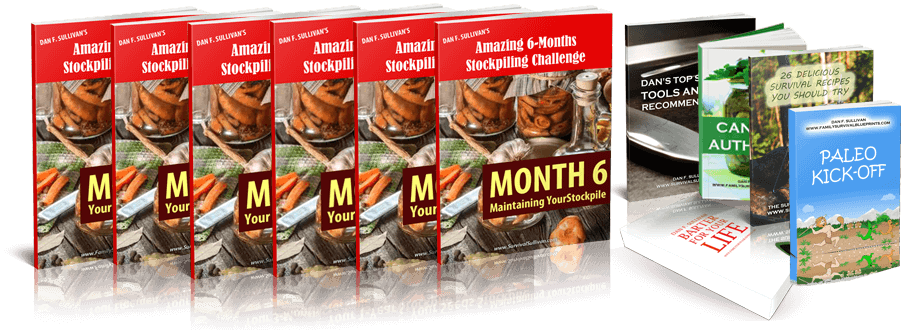The Ultimate Guide to Food Stockpiling for Emergency Preparedness
Welcome to the world of food stockpiling, where being prepared is the name of the game! Whether you’re facing a natural disaster, economic downturn, or simply want to be more self-sufficient, having a well-stocked pantry can be a game-changer. In this article, we’ll explore the ins and outs of food stockpiling and how it can benefit you and your loved ones.
Benefits of Food Stockpiling
Stockpiling food is not just about hoarding cans and bags of goods; it’s a smart strategy for ensuring you have access to essential items when you need them the most. Here are some key benefits of food stockpiling:
- Peace of mind: Knowing you have a supply of food in case of an emergency can bring a sense of security and peace of mind.
- Cost savings: Buying in bulk and storing food items can help you save money in the long run by taking advantage of sales and discounts.
- Emergency preparedness: Natural disasters, power outages, or other unforeseen events can disrupt the food supply chain. Having a stockpile ensures you won’t go hungry during tough times.
- Healthier eating: By stocking up on non-perishable essentials, you can maintain a healthier diet even when fresh produce is not readily available.
Frequently Asked Questions About Food Stockpiling
1. How much food should I stockpile?
The amount of food you should stockpile depends on your family size and storage space. A good rule of thumb is to have at least a two-week supply of non-perishable items on hand.
2. What are some essential items to include in a stockpile?
Rice, beans, canned fruits and vegetables, pasta, canned meats, and dried goods like oats and flour are great staples to have in your stockpile.
3. How long can food items typically last in a stockpile?
Most non-perishable items have a shelf life of one to two years, but this can vary depending on storage conditions. It’s essential to rotate your stockpile to ensure items are used before they expire.
4. What is the best way to store food for long-term stockpiling?
Store food in a cool, dry place away from direct sunlight and pests. Vacuum-sealed bags, mason jars, and mylar bags are excellent options for long-term storage.
5. How often should I update my stockpile?
It’s recommended to review and update your stockpile every six months to replace expired items and ensure you have an adequate supply of essentials.
Conclusion
Food stockpiling is not just a trend; it’s a practical way to take control of your future and be prepared for whatever life throws your way. By building a well-rounded stockpile of essential items, you can ensure the well-being of yourself and your family during challenging times. Remember, preparedness is key, and investing in your food stockpile is an investment in your peace of mind.
So, are you ready to take on the “Dan F. Sullivan’s Amazing Stockpiling Challenge” and unlock the secrets of successful stockpiling for emergency preparedness?



